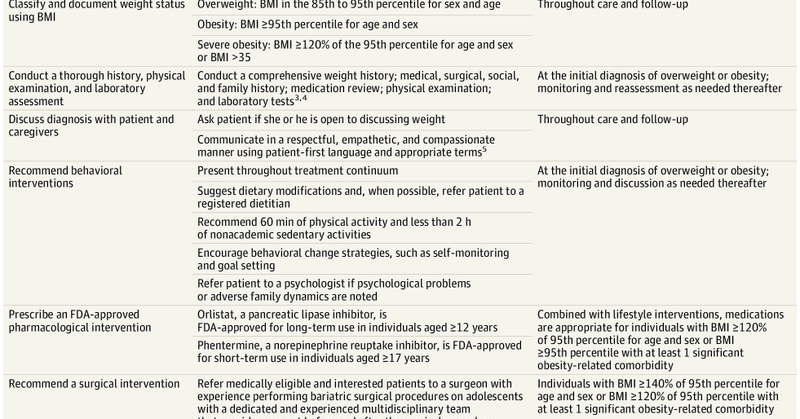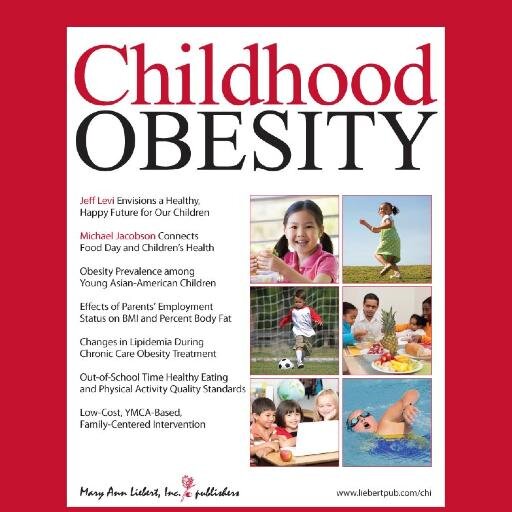
Michelle Cardel, PhD, MS, RD
@MichelleCardel
Followers
12K
Following
36K
Media
2K
Statuses
14K
#Obesity #nutrition & health inequities scientist & registered dietitian • #SciComm #DigitalHealth #Equity advocate • mom • 🇵🇷 • She/ella/Dr • Opinions own
Gainesville, FL
Joined March 2011
9 million US adolescents have obesity & deserve the scientific rigor & quality of care, including lifelong treatment, afforded to other chronic diseases. Thanks @JAMA_current @ehlJAMA for the opportunity to publish our piece on treating Adolescent Obesity
jamanetwork.com
This JAMA Insights Clinical Update reviews approaches for managing obesity in adolescents, including behavioral interventions, pharmacotherapy, and surgical interventions, with discussion of manage...
19
71
310
The FDA isn't perfect but this underscores the FDA’s commitment to continuously reviewing safety data and demonstrates the effectiveness of our regulatory agencies in taking action, even when the risk to humans is minimal. This provides assurance that as more data emerges that is
0
0
1
What this means: Manufacturers who use FD&C Red No. 3 in food products and orally ingested drugs must reformulate their products by January 15, 2027 and January 18, 2028, respectively. While other countries may still permit certain uses of FD&C Red No. 3, any foods imported
1
0
1
However, the FDA also noted the following: ✅The mechanism by which FD&C Red No. 3 causes cancer in male rats does not occur in humans. ✅Human exposure levels to FD&C Red No. 3 are typically much lower than those used in rat studies. ✅Studies in other animal species and humans
1
0
0
The review included multiple sources of data, including two studies that demonstrated cancer development in male laboratory rats exposed to high levels of FD&C Red No. 3. These effects were linked to a hormonal mechanism specific to rats. Under the Delaney Clause-a provision of
1
1
0
What happened and why? On January 15th 2025, the FDA revoked the authorization for the use of FD&C Red No. 3 as a color additive in foods and orally ingested drugs. This decision followed a 2022 petition urging the FDA to review the safety of Red No. 3.
1
0
0
You may have seen the news that the FDA has banned Red No. 3 from foods and medications. What does this mean for you? Red No. 3 is a synthetic food dye that imparts a red color to foods and beverages. It’s been commonly used in food products like candy, cakes, cupcakes,
1
0
3
Our newest paper, Adolescent experiences of weight related communication: Sociodemographic differences and the role of parents, has been published in Pediatric. Read the full article here: https://t.co/okmb4wvGsX
0
1
8
Big news for beans🌱 As part of the '25 US Dietary Advisory Committee, we recommended putting beans, peas, & lentils at the top of MyPlate's protein section instead of meat. Why? They have protein, fiber, and no saturated fat. Small swap, big impact! https://t.co/VsdXKg7Mma
cnn.com
Beans and legumes now hold a prize spot in a new dietary advisory report, which fails to act on ultraprocessed foods.
253
116
633
As the year comes to a close, we'd like to acknowledge the most downloaded papers from 2024. This article was the second most downloaded article of the year with 405 downloads. @drfaithhh_anne @MichelleCardel
https://t.co/KgrP08uinj
0
2
5
Since everyone is concerned with the side effects of GLP1s - I'll share this from @MichelleCardel so we can add a little variety to conversation. Kinda feels like a nice break from the usual arguments 😅
1
3
7
Our newest research from @ww_us Clinic where we assessed changes in alcohol consumption across a variety of anti-obesity medications was covered on @NPR today. Kudos to Lisa Miller-Matero who was first author and featured in this episode as well, as well as other co-authors
jamanetwork.com
This cohort study examines the association of antiobesity medication use and alcohol use among participants enrolled in a weigh loss program.
2
2
13
Clinical implications and future research needed:
1
0
3
Conclusions: Across a variety of anti-obesity medications we saw a decrease in alcohol consumption in 45% of patients. Changes were most stark amongst moderate and heavy drinkers
1
1
3
-Those with higher classes of obesity were more likely to decrease their alcohol consumption -Moderate drinkers were 6x more likely to decrease their alcohol intake and heavy drinkers were 19x more likely to decrease their alcohol intake, when compared to light drinkers
1
0
3
Surprisingly, across all medications studied, we saw between 45-51% reduce their alcohol intake, including metformin, bupoprion/naltrexone, and fast- and slow-acting GLP1s
1
0
2









